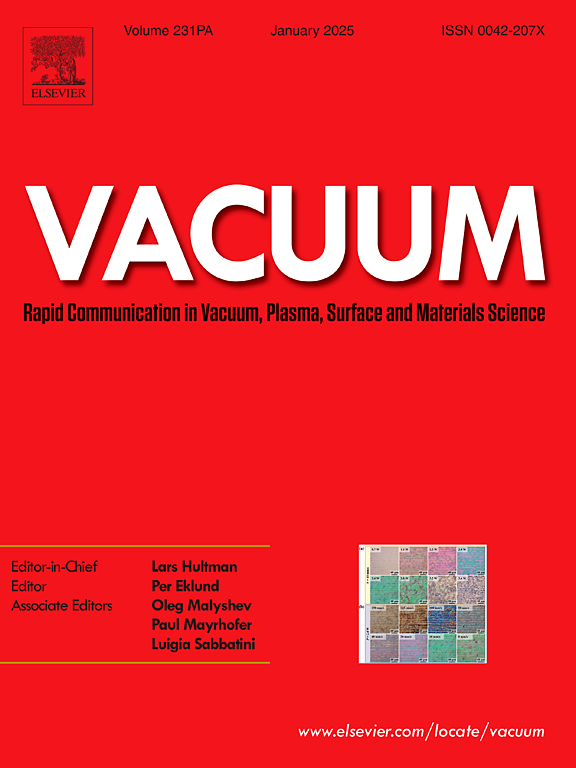Development of SLA 3D printed volumes for leak testing of LHC Hi-Lumi cryomodules at STFC
IF 3.8
2区 材料科学
Q2 MATERIALS SCIENCE, MULTIDISCIPLINARY
引用次数: 0
Abstract
Daresbury Laboratory recently completed the build of a Radio Frequency Dipole (RFD) crab cavity cryomodule for the Super Proton Synchrotron (SPS). During the build the team faced challenges leak testing welds which could not be tested in the typical evacuation method. Each cryomodule build requires 34 unique cryogenic and insulation vacuum weld configurations, most of which are repeated across multiple weld sites. Each weld must be qualified inspected and tested (visual and leak) before the build can progress.
A suite of bespoke 3D printed weld test tools and procedures have been developed with major savings to time and cost and improved quality of leak testing tooling, developing a methodology which can be adapted to many different weld configurations. All whilst maintaining a baseline leak rate of <5e-12 mbar L/s at or below 1e-3 mbar. The result was a repeatable and cost-effective means of performing high-accuracy leak tests in a short timescale.
求助全文
约1分钟内获得全文
求助全文
来源期刊

Vacuum
工程技术-材料科学:综合
CiteScore
6.80
自引率
17.50%
发文量
0
审稿时长
34 days
期刊介绍:
Vacuum is an international rapid publications journal with a focus on short communication. All papers are peer-reviewed, with the review process for short communication geared towards very fast turnaround times. The journal also published full research papers, thematic issues and selected papers from leading conferences.
A report in Vacuum should represent a major advance in an area that involves a controlled environment at pressures of one atmosphere or below.
The scope of the journal includes:
1. Vacuum; original developments in vacuum pumping and instrumentation, vacuum measurement, vacuum gas dynamics, gas-surface interactions, surface treatment for UHV applications and low outgassing, vacuum melting, sintering, and vacuum metrology. Technology and solutions for large-scale facilities (e.g., particle accelerators and fusion devices). New instrumentation ( e.g., detectors and electron microscopes).
2. Plasma science; advances in PVD, CVD, plasma-assisted CVD, ion sources, deposition processes and analysis.
3. Surface science; surface engineering, surface chemistry, surface analysis, crystal growth, ion-surface interactions and etching, nanometer-scale processing, surface modification.
4. Materials science; novel functional or structural materials. Metals, ceramics, and polymers. Experiments, simulations, and modelling for understanding structure-property relationships. Thin films and coatings. Nanostructures and ion implantation.
 求助内容:
求助内容: 应助结果提醒方式:
应助结果提醒方式:


